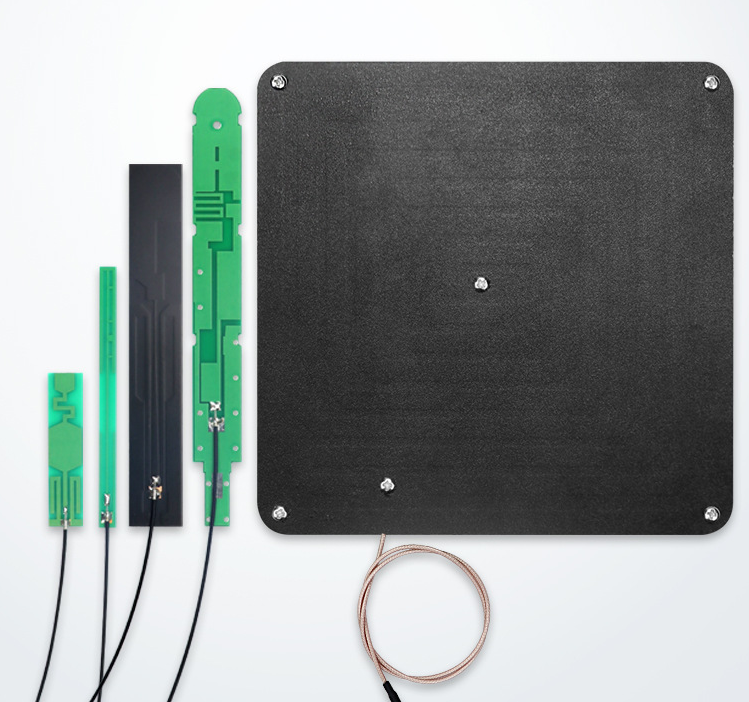Application of High Gain PCB Antenna
With the rapid development of wireless communication, antennas have become an essential component in wireless communication systems. The performance of an antenna directly affects the quality and reliability of wireless communication systems. In the past few decades, antenna technology has made significant progress, and antennas with high performance have been developed in different form factors, such as PCB antennas. PCB antennas are widely used in various wireless communication applications due to their advantages, including small size, low cost, and ease of integration with other PCB components.
In this article, we will focus on the topic of high-gain PCB antennas. We will first introduce the concept of antenna gain and its importance in wireless communication systems. We will then discuss the design considerations for high-gain PCB antennas, including the antenna size, radiation pattern, and impedance matching. Finally, we will provide several examples of high-gain PCB antennas and their applications.

Antenna Gain
The antenna gain is an essential parameter that measures how efficiently an antenna converts electrical energy into electromagnetic energy and radiates it in a particular direction. Antenna gain is expressed in decibels (dB) and is calculated as the ratio of the radiation intensity in a given direction to the radiation intensity that would be obtained from an isotropic radiator, which radiates equally in all directions. An isotropic radiator is a hypothetical radiating element that radiates electromagnetic energy uniformly in all directions. Antennas with high gain concentrate their radiation in a specific direction, increasing the signal strength in that direction and reducing the signal strength in other directions.
Antenna gain is an important parameter in wireless communication systems because it affects the received signal strength at the receiver. Higher antenna gain results in stronger received signals, which is beneficial when the distance between the transmitter and receiver is large, or the received signal is weak due to interference or attenuation. However, high-gain antennas also have some disadvantages, such as narrow beamwidth, which limits the coverage area, and increased susceptibility to multipath fading, which can cause signal distortion.
Design Considerations for High-Gain PCB Antennas
When designing high-gain PCB antennas, several factors need to be considered to achieve optimal antenna performance. The following are the most important design considerations:
Antenna Size: In general, the antenna size is inversely proportional to its frequency of operation, and a smaller antenna has a higher resonant frequency. A high-gain PCB antenna should be as small as possible to allow for easy integration on a PCB while still achieving high gain. However, reducing the antenna size can result in a narrower bandwidth, which limits the operating frequency range.
Radiation Pattern: The radiation pattern of an antenna measures the antenna's signal strength in different directions. A high-gain PCB antenna should have a narrow radiation pattern, concentrating the radiation in the desired direction while reducing the radiation in other directions. The radiation pattern can be controlled by adjusting the antenna's shape, size, and feed location.
Impedance Matching: Impedance matching between the antenna and the transmitter/receiver is crucial to maximize the power transfer between them. A high-gain PCB antenna should have a low input impedance to match the typical 50-ohm impedance of wireless transceivers. Matching can be achieved by adjusting the antenna's shape, size, and feed location, as well as the use of matching circuits.
High-Gain PCB Antenna Examples
There are several types of high-gain PCB antennas, including patch antennas, Yagi-Uda antennas, and fractal antennas. Patch antennas are perhaps the most commonly used type of PCB antenna due to their simplicity, low profile, and ease of integration with other PCB components. Patch antennas can achieve high gain, with typical gains ranging from 5 to 12 dBi, and are suitable for applications requiring directional radiation patterns, such as wireless LANs, RFID systems, and cellular networks.
Yagi-Uda antennas are another type of high-gain PCB antenna, consisting of a driven element, a reflector, and one or more directors. Yagi-Uda antennas can achieve high gain by focusing the radiation in a specific direction and rejecting the radiation in other directions. Yagi-Uda antennas can achieve gains of up to 20 dBi and are suitable for long-range wireless communication applications such as point-to-point links.
Fractal antennas are a newer type of high-gain PCB antenna that uses a complex geometry to achieve high gain. Fractal antennas can have multiple resonant frequencies and can achieve gains of up to 10 dBi. Fractal antennas are suitable for applications requiring broadband operation, such as cognitive radios and software-defined radios.
Conclusion
In conclusion, high-gain PCB antennas are essential components in wireless communication systems. A high-gain antenna can increase the received signal strength, providing a stronger and more reliable wireless communication link. Designing high-gain PCB antennas requires careful consideration of factors such as antenna size, radiation pattern, and impedance matching. Different types of high-gain PCB antennas, such as patch antennas, Yagi-Uda antennas, and fractal antennas, can achieve high gain for different applications.





